The Puro Kazimierz Hotel, which in 2018 opened in Kazimierz, the former Jewish district of Cracow, was quickly noticed and acclaimed not only by the Polish press but also European publicists. Wienerberger bricks were one of the reasons why it could perfectly blend in with the surrounding historic buildings.

Facts & Figures
Project name: Hotel Puro Kazimierz, Cracow, Poland
Architects ASW Architekci
Client PURO Hotels
Year of completion 2018
Used products Wienerberger Binz 430
Building type Public
Published in architectum #26

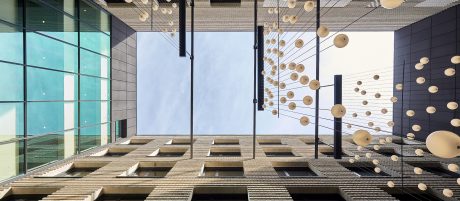
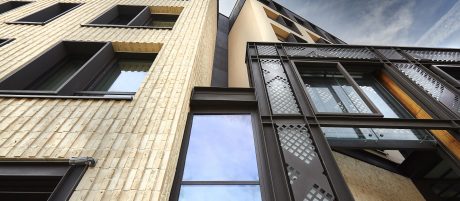
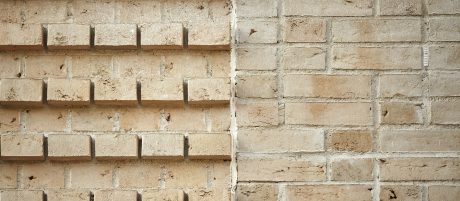




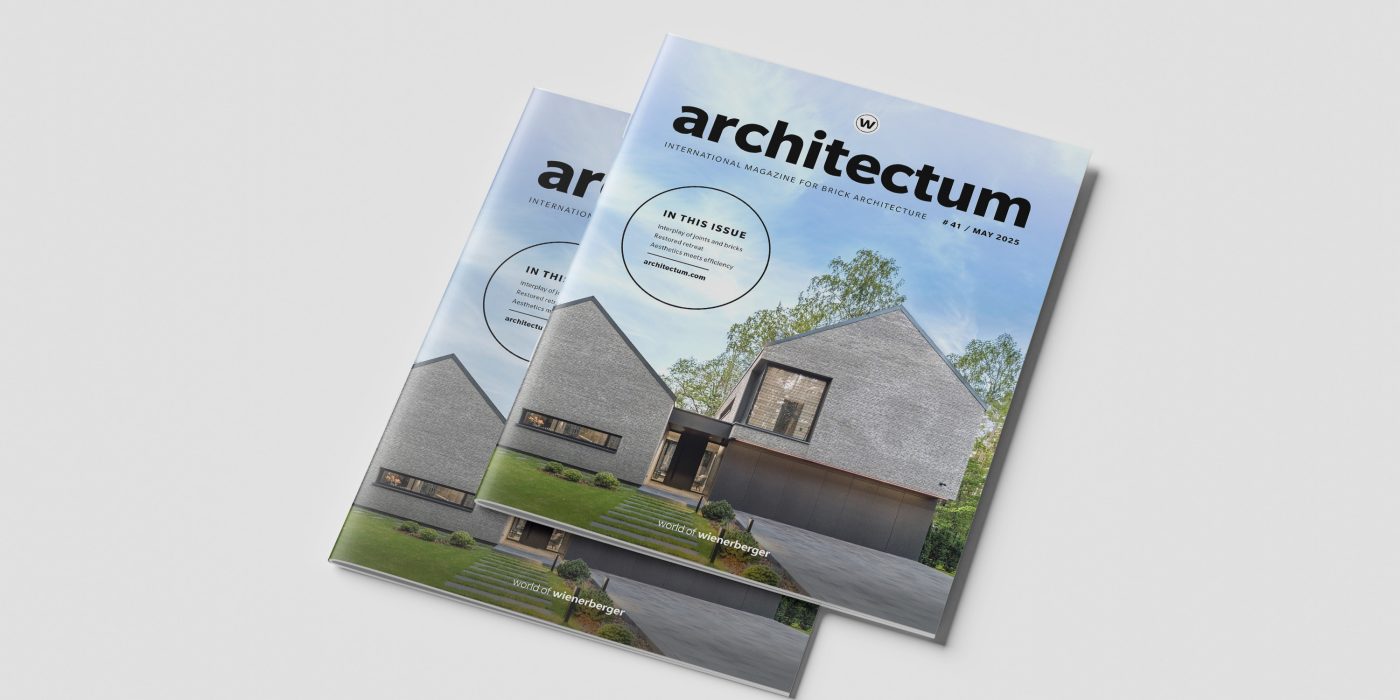

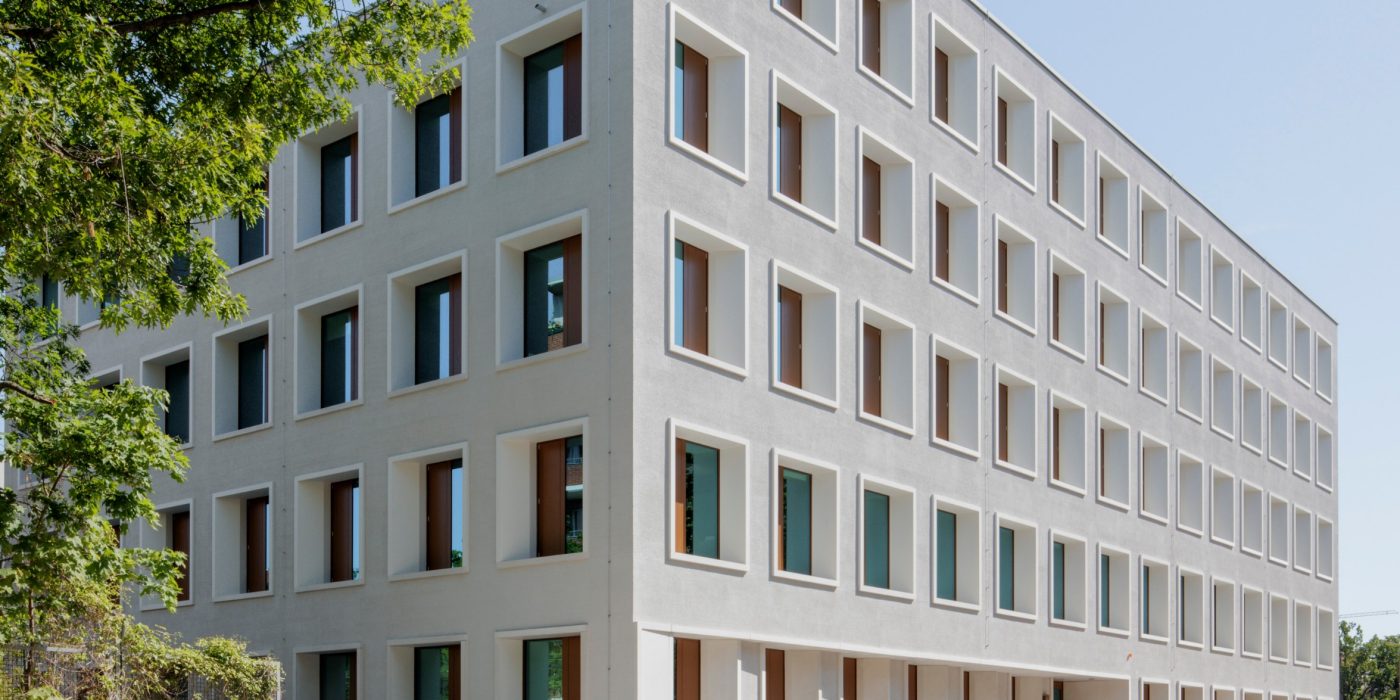

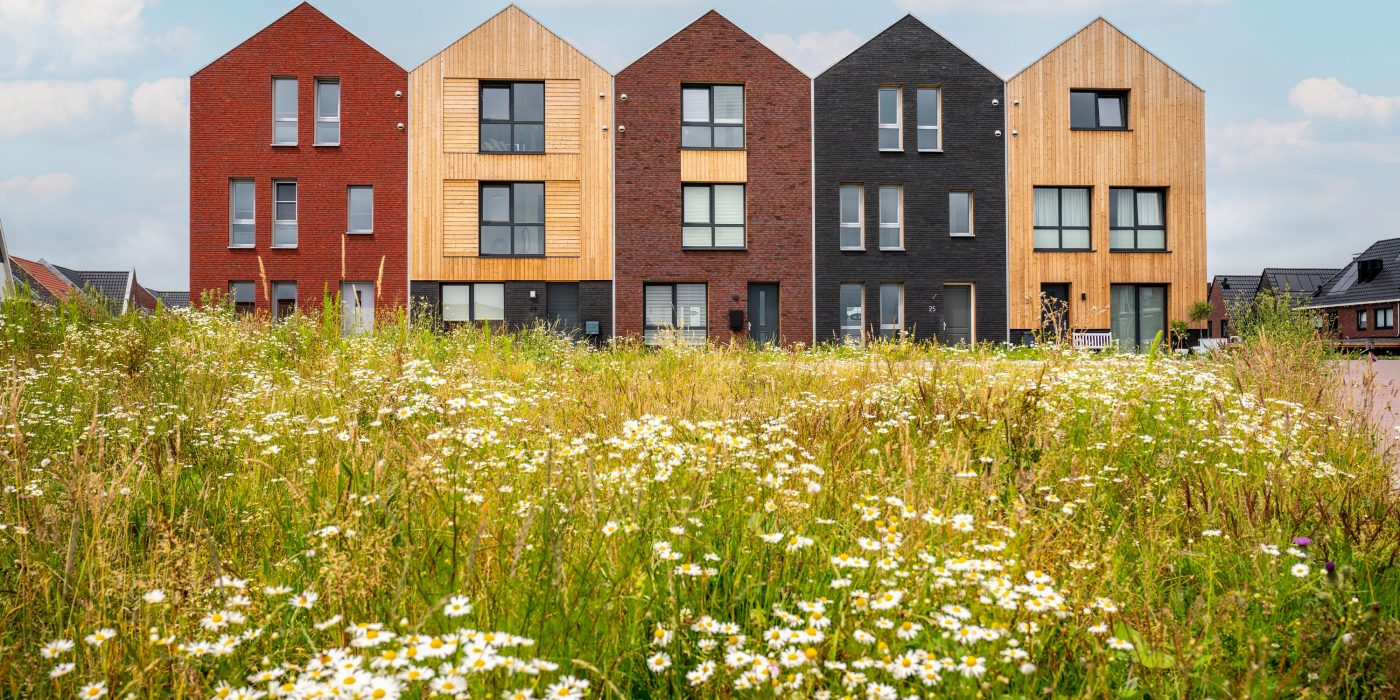.jpg)
.jpg)